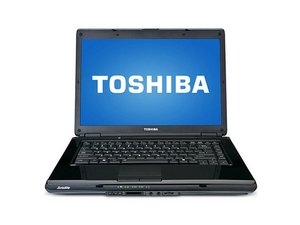In this case, I would remove the battery and run without it for the time being - not ideal, but it’s better then nothing. These kinds of issues are usually due to Windows power management misbehaving due to a worn out battery triggering the low battery display dimming. In other cases, one or more of the cells in the pack failed and the computer is trying to cope because the BMS didn’t blow a fuse or trigger a failure flag on and kill the pack. It sounds like the pack was on the way out for a while and you finished it off last night by charging it for the last time.
What can sometimes happen is a tired battery that is no longer usable (but has no bad cells) will screw with the Windows power management if it’s really worn out. This can happen on machines with a BIOS that isn’t coded well enough to ignore bad packs at the firmware level if the BMS hasn’t thrown the failure bit, which shuts it down at the pack level. IF one of the cells is bad and the permanent failure bit in the BMS IC doesn’t trip, that can also cause a similar issue - especially poorly coded BIOSes.
As an example when you see more sensitive failure bit triggering cases, it’s usually on Dell laptops (and the more sensitive BIOS). The Dell BIOS is not fault tolerant like others. While Dell is the most sensitive to pack problems due to their level of PR damage from the 2005-2008 Sony battery recall, you will still see these kinds of “sensitive” battery issues more often with the prominent 3 (Dell, Lenovo, HP) because it’s more of a PR nightmare for them. It makes troubleshooting easy because if you know the patterns and BIOS language you’re done in a few minutes, but makes life hard for people like you who aren’t aware of the touchy brands (like Dell) and plan ahead.
I have an older laptop here that never shipped with Windows 10 (most shipped with 7 - Latitude E6440 i5-4300M/HD 4600) which shipped with a mediocre battery when I purchased it (54% validated health). Despite the rough health, I’ve never had an issue with my display flickering. I’ve never had an issue with power management even at 27% health 5 months later, but it shipped with the NX31D pack. I know it’s a matter of time but I’m keeping it in use until it’s no longer usable. I’ve also seen it jump up, which is why I’m waiting (Ex: 27%->40%). The problem is once the NX31D (or anything with Samsung SDI cells) jumps like that, the end is coming. The best I can do is delay it by watching the capacity, recalibrating more often then once a month (likely 2 times/month) so I have enough lead time.


 2
2  1
1 
 144
144 